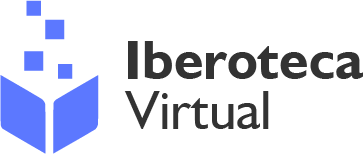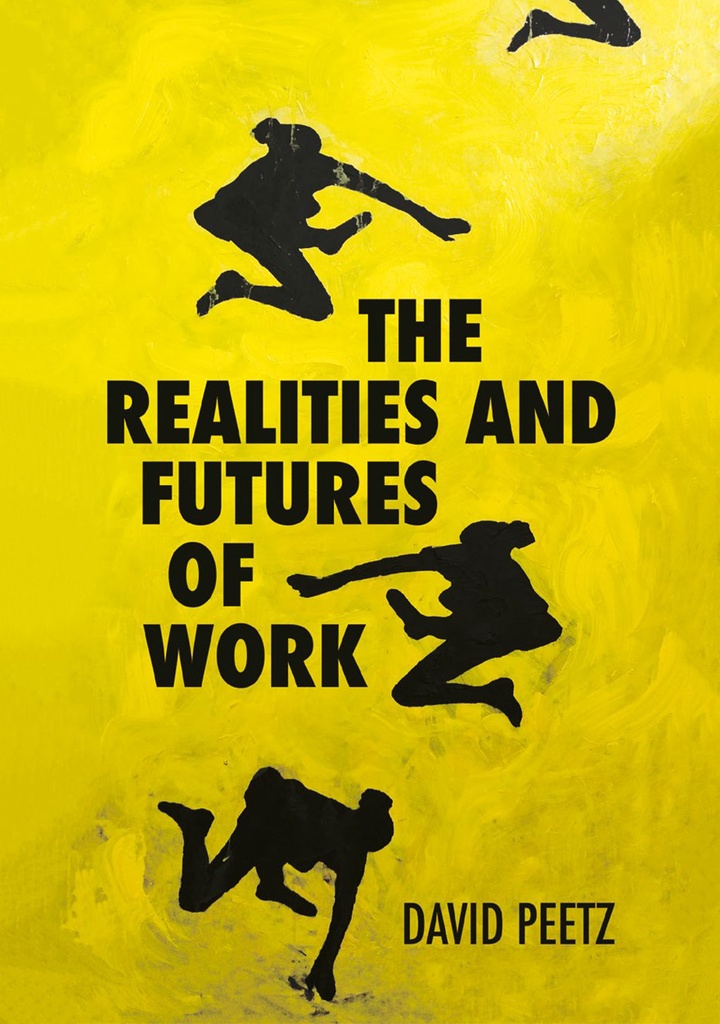The Realities and Futures of Work
Editorial: ANU Press
Licencia: Creative Commons (by-nc-nd)
Autor(es): Peetz, David
What do we know about the current realities of work and its likely futures? What choices must we make and how will they affect those futures? Many books about the future of work start by talking about the latest technology, and focus on how technology is going to change the way we work. And there is no doubt that technology will have huge impacts. However, to really understand the direction in which work is going, and the impact that technology and other forces will have, we need to first understand where we are.
This book covers topics ranging from the ‘mega-drivers of change' at work, power, globalisation and financialisation, to management, workers, digitalisation, the gig economy, gender, climate change, regulation and deregulation. In doing this, it refers to some of the great works of science fiction. It demolishes several myths, such as that the employment relationship is doomed, that we are all heading to becoming ‘freelancers' or ‘gig workers' one day, that most jobs will be destroyed by technological change, that the growth in jobs will mainly be in STEM fields, that we will no longer value collectivism as we will all be ‘individuals', or that the death of unionism is inevitable.
The Realities and Futures of Work also rejects the idea of technological determinism—that whatever will be, will be, thanks to technological change—and so it refuses to accept that we simply need to prepare to adapt ourselves to the future by judicious training since there is nothing else we can do about it. Instead, this book provides a realistic basis for thinking about both the present and the future. It emphasises the choices we make, and the implications of those choices for the future of work.
[Acton: 2019]
Compartir:
Una vez que el usuario haya visto al menos un documento, este fragmento será visible.


